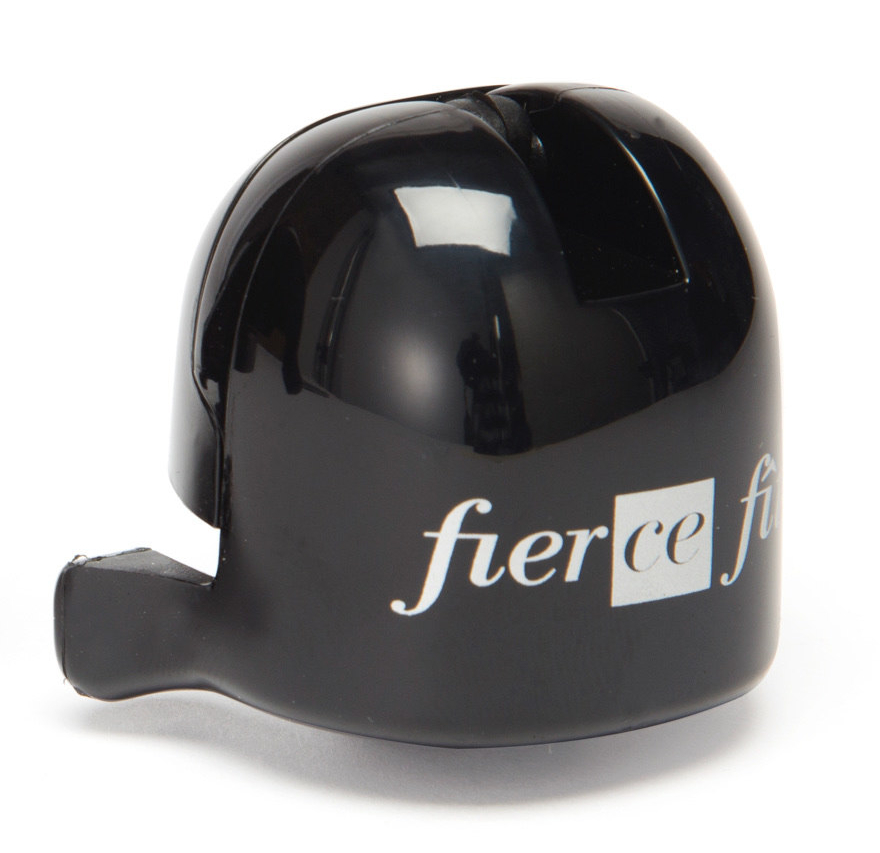The magic of time in Champagne
In the silent heart of the cellar, the true soul of Champagne is born.
Far from the light, wrapped in darkness and stillness, time works delicately — it polishes, transforms, and sculpts.
It is here that Champagne evolves, finds balance, and reaches the aromatic finesse that captivates the palate and enchants the senses.
This is the magic of ageing.
THE ROLE OF YEASTS: THE SCIENCE BEHIND THE MAGIC
Extended ageing on the lees is the secret that gives Champagne its complexity and elegance.
After the second fermentation in the bottle, the wine rests sur lies — in contact with the yeasts that, as they slowly decompose, release noble compounds.
These elements interact with the wine, adding structure, creaminess, and aromatic depth.
From this natural alchemy arise the distinctive notes of brioche, hazelnut, honey, and spice that define the world’s finest Champagnes.
AGEING TIME: OUR STYLE SIGNATURE
In our Selection, no Cuvée spends less than 36 months on the lees. Our Millésimes rest for at least five years, and the most exceptional ones for over twenty. This is not a technical detail — it’s a philosophy.
Each extra month in the cellar:
-
softens the acidity,
-
refines the structure,
-
unveils new aromatic nuances,
-
and makes the bubbles finer, smoother, and more elegant.
The result is a Champagne that is more harmonious, profound, and persistent — capable of evolving gracefully even after disgorgement.
THE EVOLUTION OF THE CÉPAGES: THREE SOULS, ONE BALANCE
Time is not just a technical factor; it’s a living ingredient — one that gives voice to the terroir and sculpts the character of Champagne.
It balances freshness and texture, refines the mousse, and gives each Cuvée natural stability and longevity.
During ageing, the grape varieties evolve uniquely:
Chardonnay
- from linear and citrusy, it develops notes of toasted almond, dried fruit, and delicate pastry.
- It brings brightness, aromatic clarity, and mineral purity.
Pinot Noir
- its red fruit softens and intertwines with sweet spices, tobacco, and cocoa.
- It adds structure, depth, and a confident presence.
Meunier
- rounds into notes of ripe yellow fruit, cream, and honey.
- It introduces softness, warmth, and a velvety sensuality.
OUR PHILOSOPHY
To age a wine is to respect it. Every Champagne in our Selection is the result of years of patience and silent transformation.
Time doesn’t just add aromas — it adds soul. Every choice in the cellar is deliberate, made to amplify the voice of the terroir and turn it into emotion.
It’s this alchemy of patience and savoir-faire that makes a great Champagne truly capable of distinguishing itself.
Each sip becomes a journey to the heart of the cellar — where time has paused, just long enough to create pure magic.

 My bag
My bag
 The Boutique
The Boutique
 Login
Login


